Soul Performance Nutrition is a young upstart brand run by Matthew Karich, who we introduced in Episode #068 of the PricePlow Podcast. As one of the most methodically-formulated and carefully-manufactured brands we've ever seen, Soul Performance has turned many heads very quickly. Today's formula is a great example why:
Oasis Midnight Dream: Sleep Better, Dream Better, Awaken Better
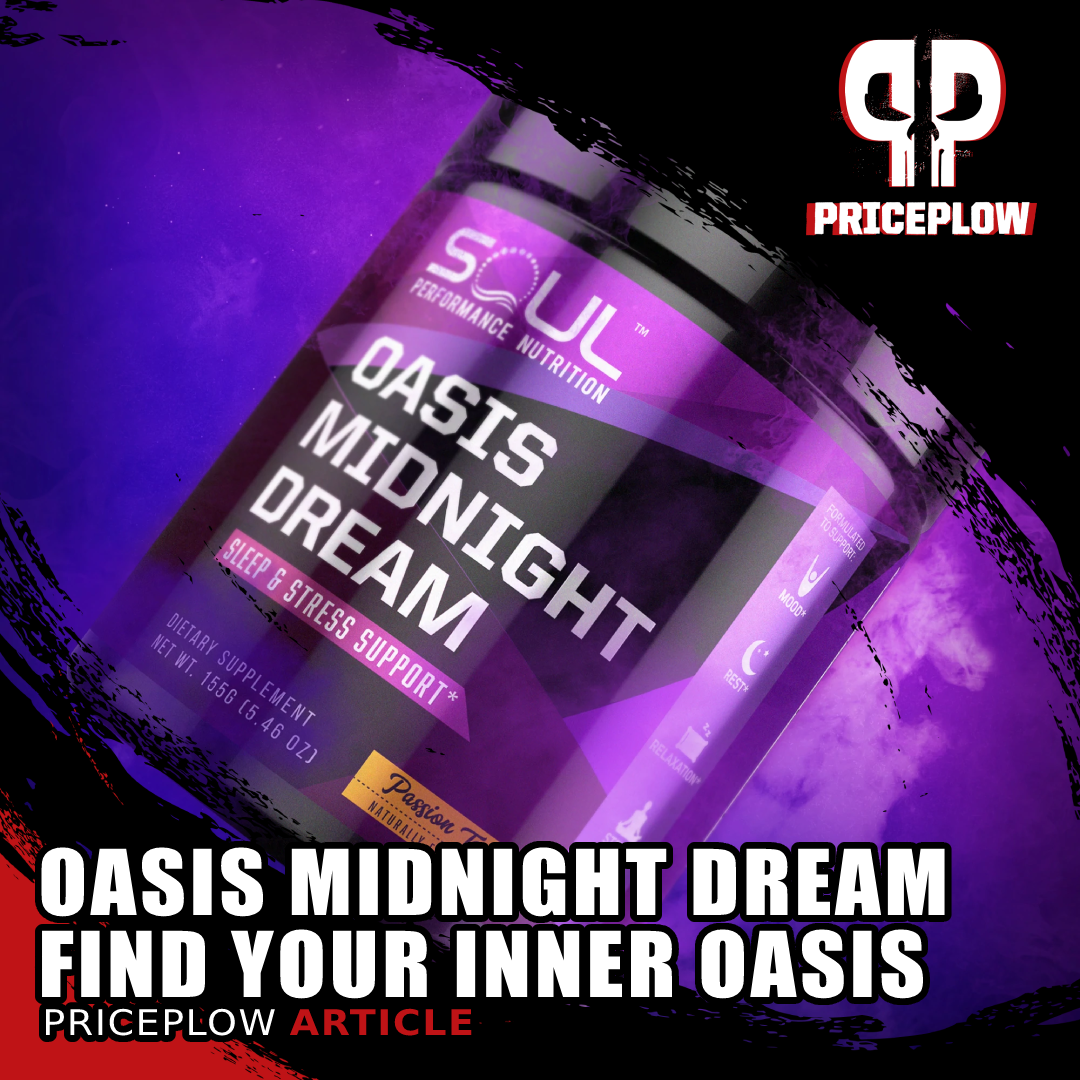
Dreams for a Better Tomorrow: Soul Performance Nutrition's Oasis Midnight Dream is a sleep aid to improve sleep quality at night and day quality in the morning. With a hefty dose of Zylaria and more, this one is special.
Soul Performance Nutrition Oasis Midnight Dream is a uniquely crafted sleep aid that's built to help you unwind, recharge, and come back stronger the next day. It's effective in the evening but also in the morning, designed to help you awaken refreshed.
With two NuLiv Science ingredients -- both at double the usual dose in Oasis Midnight Dream -- you can tell that Karich cares. We dig deep in the Zylaria inside, which combines with other herbs, adaptogens, amino acids, and magnesium glycinate to induce relaxing sleep without nasty side effects.
Soul may be new, but a new brand doesn't mean an untested brand - quite the opposite, in fact. All of Soul Performance Nutrition's supplements are BSCG Certified, meaning that they're tested for banned substances and can be used by drug-tested athletes.
There's no melatonin in this one either, so you can use it for long periods of time without concerns of exogenous hormones.
Soul Performance Nutrition Oasis Midnight Dream – Deals and Price Drop Alerts
Get Price Alerts
No spam, no scams.
Disclosure: PricePlow relies on pricing from stores with which we have a business relationship. We work hard to keep pricing current, but you may find a better offer.
Posts are sponsored in part by the retailers and/or brands listed on this page.
This area is reserved for Team PricePlow's upcoming Ingredients video.
Subscribe to our channel and sign up for notifications so you catch it when it goes live!
Midnight Oasis Dream Ingredients
-
Taurine (AjiPure) – 1,000 mg
Taurine is a sulfurous amino acid that is regarded as "conditionally essential," meaning our bodies produce it in limited amounts that are too small to cover the requirements for optimal health.
It is highly concentrated in muscle tissue, the heart, eyes, and brain,[1] and positively impacts a wide variety of seemingly unrelated metabolic processes ranging from muscular endurance and force production[2,3] to free radical scavenging and insulin utilization.[4]
Because taurine is typically found in energy drinks and pre-workout formulas, it's commonly lumped-in with stimulants, but taurine really isn't a stimulant at all. Although it does have some ergogenic properties, its real power lies in its ability to help optimize cognition by reducing inflammation and oxidative stress in the brain.
This calming effect on the brain is why taurine has a place in Oasis Midnight Dream.
Taurine and GABA
Taurine itself actually acts like a neurotransmitter, and has inhibitory (as opposed to excitatory) effects in the brain by mimicking gamma-aminobutyric acid (GABA)[5-9] and activating the brain's GABA receptors.
This is important because GABA is known as the "downer neurotransmitter," and acts to oppose the action of excitatory neurotransmitters like glutamate. In crude terms, you can think of glutamate as your brain's "gas" and GABA as its "brake."
GABAergic transmission induces deep relaxation by shifting our brainwaves from the beta spectrum (conscious reasoning waves) into the alpha spectrum.[10] It can also help decrease feelings of stress and pain, speed up learning, and improve memory and global cognition.[11,12]
In order to achieve optimal health, we have to cycle between the excitatory and inhibitory states – basically performing in the excitatory state, and recovering in the inhibitory state.
When the excitatory neurotransmitters are chronically stimulated without being checked by GABA, neurons begin firing uncontrollably,[13] leading to excitotoxicity, a condition where overloaded neurons and nerve cells die off. This essentially causes low-grade progressive brain damage, and can turn into a big problem if it goes on long enough. It's mainly for this reason that disrupted GABA receptor function is associated with neurological ailments like epilepsy, depression, and alcoholism.[5]
Taurine's relationship to anxiety and stress
In a 2007 study from the journal Annals of Nutrition and Metabolism, researchers chemically induced anxiety in different groups of mice that had received taurine, prescription anti-anxiety drugs, or a saline placebo control. They found that the taurine group exhibited significantly reduced anxiety compared to the placebo group, and that the efficacy of taurine was actually on par with the prescription drug.[14]
In a 2017 study published in Scientific Reports, researchers randomized six groups of mice to treatment with a placebo, 200 mg/kg of taurine, or 500 mg/kg of taurine. In each of these three categories, one of the two groups was then randomly exposed to stress on a daily basis for 28 days. They found that the mice who received taurine had significantly reduced depressive and anxiety symptoms, and that the taurine mice who'd been stressed were able to maintain normal levels of key neurotransmitters and hormones that are typically affected by chronic stress.[15]
A 2009 study in humans used a questionnaire to assess college students' taurine intake and exposure to stress. It concluded that taurine consumption was inversely correlated with self-reported stressful events and overall stress levels.[16]
Because it's an established risk factor for insomnia,[17] any serious attempt at optimizing your sleep should include some strategy to deal with anxiety.
Taurine and melatonin
It's been known since 1979 that supplemental taurine can trigger melatonin production by stimulating the β-adrenergic receptors.[18] In rats, this increase is phenomenally large – about 25 times the baseline level of melatonin.[18]
This is important because, as most of us have heard by now, adequate melatonin production is required for optimal sleep.[19] Because of this, supplementing with melatonin itself has become a popular practice, but we would argue that taurine supplementation might be a more appropriate strategy. In general, taking the precursors for a desired compound and letting your body produce it endogenously means you are less likely to reach supra-physiological concentrations of it, which is good if you wish to minimize potential side effects.
The research literature shows that a 1,000 milligram dose of taurine is large enough to be effective,[20] although this is on the lower end of the doses that have been studied. However, taurine does occur naturally in animal-based foods,[21] so anyone eating a standard omnivorous diet will be getting a significant amount of taurine from food, making 1,000 milligrams a nice addition to the expected overall taurine intake for the typical consumer.
There's so much to this ingredient, and we like seeing it in something other than workout supplements. If you want to go deeper down the taurine rabbit hole, we suggest two articles: "Effects and Mechanisms of Taurine as a Therapeutic Agent"[22] and "The Role of Taurine in Mitochondria Health: More Than Just an Antioxidant."[23]
-
Zylaria NuLiv Proprietary (from Xylaria nigripes Mycelia, Cuscuta chinensis seed, and Panax notoginseng root) Extracts – 1,000 mg
The medicinal mushroom Xylaria nigripes (XN) has long been known to traditional Chinese medicine (TCM) as Wu Ling Shen. Because of its antioxidant,[24] anti-inflammatory,[25] and nootropic[26,27] properties, XN has historically been used by TCM practitioners to treat a wide range of ailments.
Zylaria is a standardized XN extract developed by NuLiv Science. Manufactured using a proprietary process, Zylaria is standardized for the following bioactive constituents:
- Sesquiterpenes, terpenoids with 15 carbon atoms that occur naturally across the plant kingdom.[28] Sesquiterpenes have been shown to benefit cardiovascular health by upregulating nitric oxide (NO) production They also have sedative properties,[28] which is why they're often cited as the active ingredient in calming essential oils. XN contains six different sesquiterpenes (nigriterpenes A through F).[29]
- Fommanoxin alcohol, a compound that helps reduce inflammation and improve cognition.[29]
- Gamma-aminobutyric acid (GABA), which we discussed in the taurine section, and glutamate decarboxylase, an enzyme that converts glutamate into GABA.[30]
All of these – especially GABA – have the anti-excitatory, inhibitory effect that we discussed in the previous section of this article.
Xylaria nigripes and sleep
In a 1999 study published by the Chinese Pharmaceutical Journal, researchers found that mice who received Xylaria had higher levels of GABA and GABA precursors, as well as more active GABA receptors.[31]
A follow-up study was conducted in humans and published in 2010 by the Chinese Archives of Traditional Chinese Medicine. Researchers found that of 48 volunteers who supplemented with Xylaria for a month, 57.5% experienced an improvement in their insomnia as quantified by the Pittsburgh Sleep Quality Index (PSQI).[32] Although the effect size observed in this study was not large enough to achieve statistical significance, the researchers noted that the efficacy of the supplement appeared to increase over the course of the study period, which raises the possibility that longer-term supplementation could yield better results.
The current state of research on Xylaria as a sleep-promoting agent was summed up in a 2022 meta-analysis of 19 different randomized controlled trials, with a cumulative total of about 1,850 participants. The authors of the meta-analysis concluded that Xylaria consistently beat placebo, and on average lowered participants' PSQI scores by about two points.[33]
Since the PSQI is scored from 0 to 21, two points is a notable improvement. For context, consider the fact that some experts in the field of sleep medicine consider any score over 5 points to indicate a significant sleep disturbance.[34]
It should be noted the authors of the meta-analysis caution that existing studies on Xylaria for the treatment of insomnia are not very good and typically exhibit a high risk of bias.[33] That isn't to say that Xylaria is ineffective, but more research is needed before firm conclusions can be drawn.
However – there is one excellent study from 2015 that strongly suggests Xylaria may promote sleep in those who take it. This study, published in the European Journal of Epilepsy, was actually designed to assess whether Xylaria could improve depression symptoms in epileptic patients. As it turns out, Xylaria does in fact have a significant antidepressant effect in this population,[35] partly because, as the authors point out, it improved sleep quality in those who took it.[35]
Xylaria can help improve cognition during sleep deprivation
There's also some solid evidence from animal models that Xylaria can help improve some of the symptoms associated with chronic insomnia.
For example, a 2014 study in chronically sleep-deprived mice found that those who got Xylaria had significantly increased expression of cyclic adenosine monophosphate (cAMP)-response element-binding protein (CREB) compared to controls.[30] Probably because CREB is centrally implicated in neuroplasticity and memory consolidation, the mice who were sleep deprived and got Xylaria did significant better on learning tests than mice who were sleep deprived and got no Xylaria.[30] The authors identify GABA as a likely driver of CREB expression.[30]
A double dose!
Get ready for a big dose - twice what we normally see. Matt Karich discusses this in episode #068 of the PricePlow Podcast, claiming that it really works well. So far in our anecdotal experience, we agree.
-
Choline (as Choline Bitartrate (VitaCholine)) – 625 mg
Even though our livers can make a little bit of choline on their own, it's not nearly enough to cover our full choline requirement. That's why we still consider choline an essential nutrient that must be obtained through diet or supplements.
The primary role of choline in the body is to help maintain cellular membranes.[36] The importance of this cannot be overstated. Membranes are basically your cells' borders – they regulate the passage of materials into and out of cells, keeping everything they need in, while keeping potential toxins out.
Choline is also an important acetylcholine precursor, a neurotransmitter with a crucial role in learning and memory consolidation.[37] Higher levels of acetylcholine basically mean better cognition. The range of functions improved by acetylcholine is wide, and even includes balance and coordination.[38,39]
Besides increasing acetylcholine levels,[40-42] of the mechanisms by which choline intake can improve mood and sleep, is by modulating GABA release and transmission.[43] In animal models, choline has been shown to both increase the release of GABA in key brain regions,[44] and increase GABA receptor activity.
Improved REM sleep activity and transition?
In our PricePlow Podcast episode with Matt Karich of Soul Performance Nutrition, he mentions that acetylcholine is released during REM sleep,[45] and this may help provide the brain more substrate to provide a stronger REM sleep and better transition.
We should also say a word about the general effects of choline deficiency, which can cause potentially ruinous problems like organ damage, muscle wasting, cognitive dysfunction, and non-alcoholic fatty liver disease (NAFLD).[46] Suffice it to say, choline intake is not something you want to skimp on and supplemental choline can definitely help avert these issues.
VitaCholine is a trademarked formulation of choline that consists entirely of choline's L-isomer, the nutrient's most efficacious form.
Anecdotally, some may find their dreams to be more lucid with choline before bed. In general, however, this is here to improve transition between REM sleep cycles, but we also believe it will make your next day better.
-
Schisandra (Schisandra chinensis) – 250 mg
In mice, the adaptogenic herb Schisandra has been shown to have significant sedative and even hypnotic effects partly because of its action on the GABAergic system.[47] The authors of this study even found that schisandra was able to reverse insomnia that had been chemically induced by wakefulness-promoting drugs like caffeine.[47,48]
Another animal study from 2011 found that certain lignans contained by schisandra are capable of significantly reducing anxiety levels in mice that have been stressed.[49] The mice who got schisandra showed significantly more exploratory behavior following exposure to stress than those who didn't, an effect the researchers believe was caused by the lignans' ability to modulate the hypothalamic-pituitary axis (HPA).[49] Since HPA dysregulation is implicated in insomnia,[50] this sheds some light on how schisandra could potentially help treat chronic sleeplessness.
In a world where too many of us abuse caffeine and other stimulants to get through our busy days, schisandra's ability to reverse chemically-induced sleep disturbances is intriguing and promising. Additionally, this is simply something we haven't seen in a sleep aid, and Soul Performance makes a good case of doing things differently.
-
L-Theanine – 200 mg
The amino acid, L-theanine, occurs naturally in tea leaves and is responsible for some of tea's relaxing effect because of its ability to act as a neurotransmitter in the brain.[51] Theanine's calming, anti-anxiety effects[52-54] come without sedation, which is one reason why theanine has become a popular nootropic supplement in recent years.
Another reason for theanine's popularity is its ability to synergize with caffeine. People who take caffeine and theanine in combination, compared to those who get caffeine alone, consistently do better[55] on cognitive tasks designed to measure reaction times, working memory, and alertness.
Although theanine is not technically a sedative, research has shown that it can significantly improve sleep in both animals and humans.[56] A dose of 200 milligrams, the same amount used in Oasis Midnight Dream, significantly reduced resting heart rate,[56] indicating a powerful effect on the human body's physiological response to stress.
Once again, the magic here seems to involve GABA, as theanine has been shown in both animal and human studies to increase GABA levels.[57]
Since we have a whole bunch of other GABA-increasing ingredients in this formula, we should note that the combination of theanine and GABA seems to help induce sleep and improve sleep quality.[58] In other words, theanine is going to have synergistic effects with a lot of other ingredients in Oasis Midnight Dream.
-
Ashwagandha (Withania somnifera) Root and Leaf Extract (Sensoril) – 125 mg
Ashwagandha is an Ayurvedic herb native to Asia and India that has been used for thousands of years to treat a huge variety of ailments.
Meet Matt Karich, an engineer who's putting his talents to use in the dietary supplement industry, with refreshingly unique, third-party tested formulas. We discuss this and more in PricePlow Podcast #068.
As an adaptogen that helps normalize important processes like the stress response, ashwagandha has documented anti-inflammatory, pro-immunity, neuroprotective, cardioprotective, and anti-diabetic properties.[59]
Clinical research has somewhat corroborated the idea of ashwagandha as a cure-all, with trials finding that it can increase libido, help us cope with anxiety and stress, improve cognition, and even increase athletic performance.[59]
The recent emphasis for ashwagandha has been on anxiety and insomnia. A randomized, double-blind, placebo-controlled study from 2019 found that ashwagandha extract can improve sleep quality while decreasing the time it takes to fall asleep, leading to reductions in anxiety for subjects with insomnia.[59]
Another randomized, double-blind, placebo-controlled study from 2020 found that ashwaganda supplementation can improve quality of life and mental alertness, partly because of its positive effects on sleep.[60]
Karich added Sensoril to Oasis Midnight Dream simply because it worked best for the relaxation and sleep effects he wanted. After split testing three of the most popular forms, Sensoril is the one that yielded what he was looking for.
-
Panax notoginseng Extract (root), Astragalus membranaceus Extract (root) (AstraGin) -- 50 mg
AstraGin is a patented extract of Astragalus and ginseng formulated by NuLiv Science. It works by increasing your intestinal cells' supply of adenosine triphosphate (ATP), the basic unit of cellular energy. With more ATP, intestines can do more work absorbing food and supplements into the bloodstream, which is what achieves the desired effect.[61,62]
This basically increases the bioavailability of whatever AstraGin is taken with. In the case of Oasis Midnight Dream, the inclusion of AstraGin means all the other ingredients in the formula will be significantly better absorbed and potentially more effective.
Over 20 research studies have shown AstraGin's ability to increase the absorption of many different compounds including amino acids, vitamins, and minerals.[63-68] You can read about the bioactives behind the scenes in our article titled Astragalosides and Ginsenosides: Differentiating NuLiv Science's Ingredients.
Leveraging two NuLiv Science ingredients in Oasis Midnight Dream -- both at double the typical dose -- you can tell that Karich cares.
-
Magnesium (from Magnesium Bisglycinate Chelate) (TRAACS) - 200mg (48% DV)
The only thing we like seeing better than a solid dose of magnesium in a sleep aid is a solid dose of a high-bioavailable magnesium, and that's exactly what Karich added to Oasis Midnight Dream.
With TRAACS magnesium bisglycinate chelate, we get both magnesium and glycine all in one, both of which support stress reduction and improved sleep. On top of that, it's been shown to have significantly better absorption than other forms of magnesium like magnesium oxide.[69] Reason being, glycine is well-absorbed by the intestine, and that brings magnesium along for the ride. Thanks to this powerhouse duo, this is the form of magnesium to use for sleep purposes.
-
Magnesium's benefits
Magnesium is a critical mineral with many metabolic benefits, especially in terms of blood sugar, insulin, and overall insulin sensitivity.[70-76]
Athletically, we've also seen better lactate clearance[77] and a study showing increased muscle mass and power[78] in those with greater magnesium intakes.
With respect to sleep, a major connection is that magnesium deficiency can lead to (or exacerbate) stress and anxiety,[79-81] which never bode well for sleep. Supplementation has been shown to improve sleep EEGs in seniors.[82]
Point is, don't be magnesium deficient, and Soul Performance Nutrition most certainly helps you with that.
This isn't any old magnesium though -- its "carrier" also has benefits!
-
Glycine's benefits
Far superior to magnesium oxide,[69] magnesium glycinate is instead bound to glycine, which brings its own set of benefits! Given that we have 200 milligrams of magnesium, and the magnesium glycinate molecule is ~20% magnesium,[83] we're treated to a pretty decent dose of 800 milligrams of glycine here!
This conditionally essential amino acid can be produced by the body, but we nearly universally operate more soundly when we eat or supplement more.
Glycine supports protein synthesis, but more for connective tissue components like collagen and elastin.[84]
With regards to sleep, glycine is often dosed at 3 grams per day, where it's been found to reduce stress and lower the time it takes to sleep.[85-95] We admittedly don't have that dose here, but we definitely have more than zero, and may experience some improvements. One of the most popular benefits repeatedly seen is that users wake up more refreshed with glycine. At 3 grams per day, there's also a study demonstrating cognitive gains.[87]
So depending on your diet, this could be enough glycine to support improved sleep, for others, you may want a dash more glycine, or use a glycine-rich supplement such as a collagen (Soul Performance Nutrition has Bliss Revitalize Collagen).
The long story short is that when it comes to sleep, magnesium glycinate is the choice in anxiety-reducing magnesium supplementation. You can read more in our article titled Magnesium Glycinate: A Master Class in Magnesium & Glycine.
-
Flavors Available
All Soul Performance Nutrition formulas are naturally flavored, naturally sweetened, and use no artificial colors:
Conclusion: Oasis Midnight Dream goes big on Zylaria
It's hard not to pull for Matt Karich and his approach to supplement formulation and manufacturing. With BSCG certification, you can rest assured that he's using a great manufacturer and that this is tested to the max. Again, learn about it in episode #068 of the PricePlow Podcast.
The supplement industry's approach to insomnia supplements tends to be reductive, with everybody focusing on sedatives and a strategy of inducing sleep. The reality is that by the time someone is prepared to spend money solving their sleep problem, they're already dealing with a lot of pretty horrible symptoms, like chronic irritability and brain fog.
What we appreciate so much about Oasis Midnight Dream is that it includes several ingredients geared toward helping manage those problems. Although insomnia's a thorny problem and inducing sleep can be pretty hit-or-miss, Oasis Midnight Dream may provide you some rapid relief from the undesirable effects of your sleeplessness.
We love Karich's approach to this formula, and the way he doubled down on Zylaria. If you think you might enjoy the effects of this fascinating ingredient, go big with Oasis Midnight Dream.
Soul Performance Nutrition Oasis Midnight Dream – Deals and Price Drop Alerts
Get Price Alerts
No spam, no scams.
Disclosure: PricePlow relies on pricing from stores with which we have a business relationship. We work hard to keep pricing current, but you may find a better offer.
Posts are sponsored in part by the retailers and/or brands listed on this page.
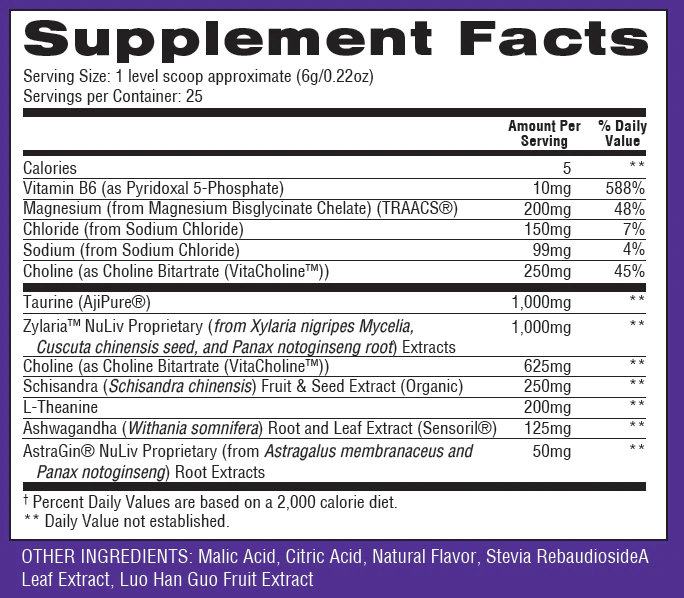
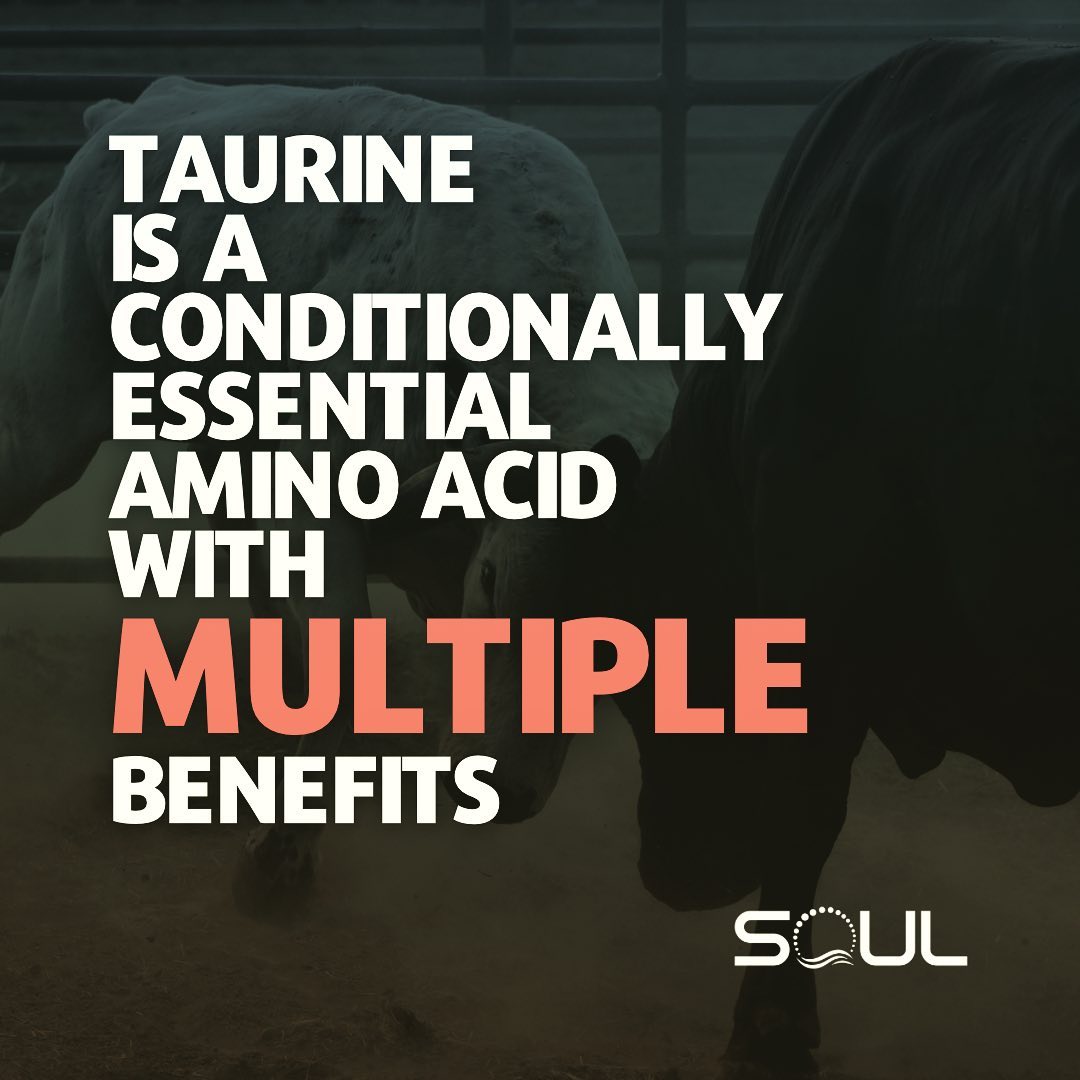
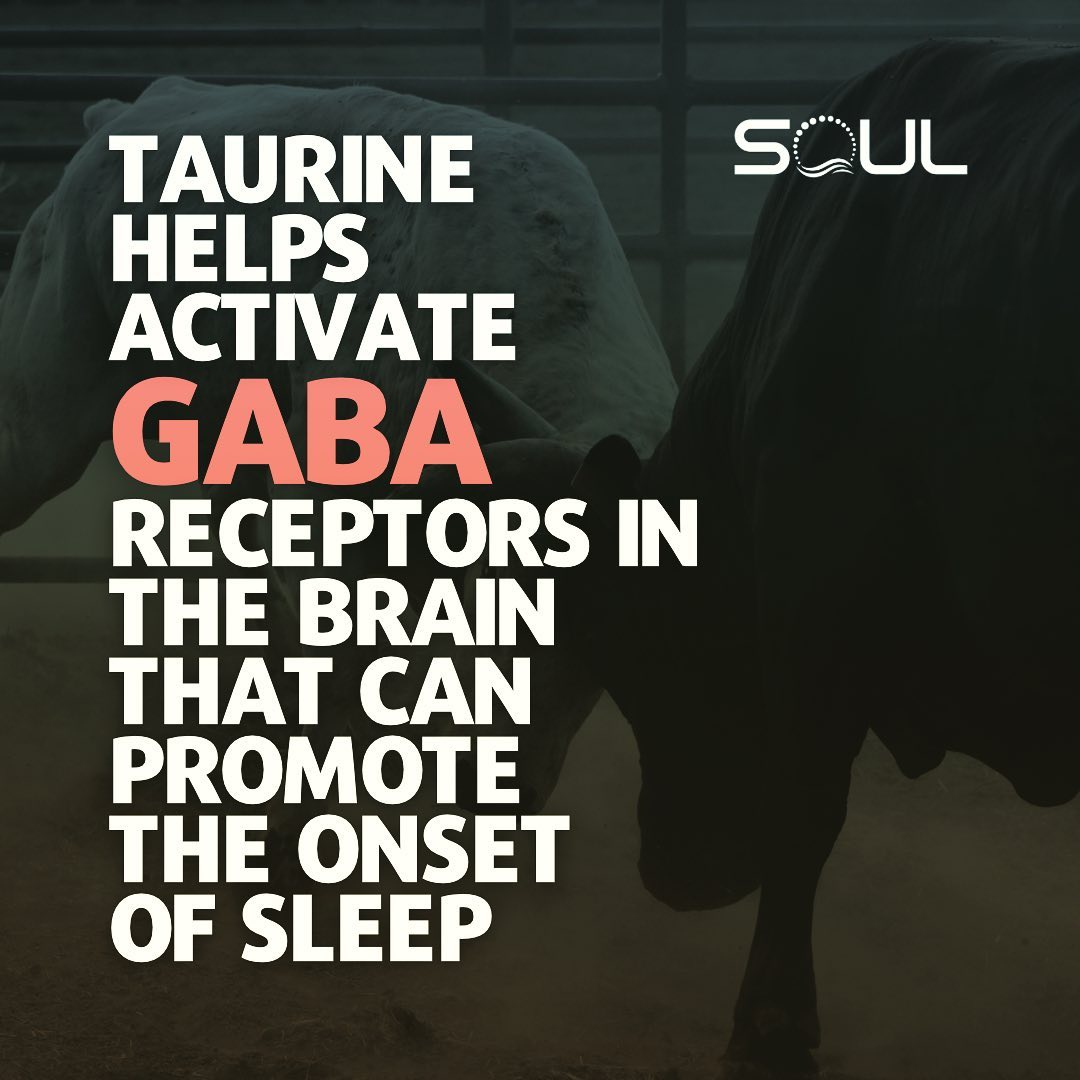
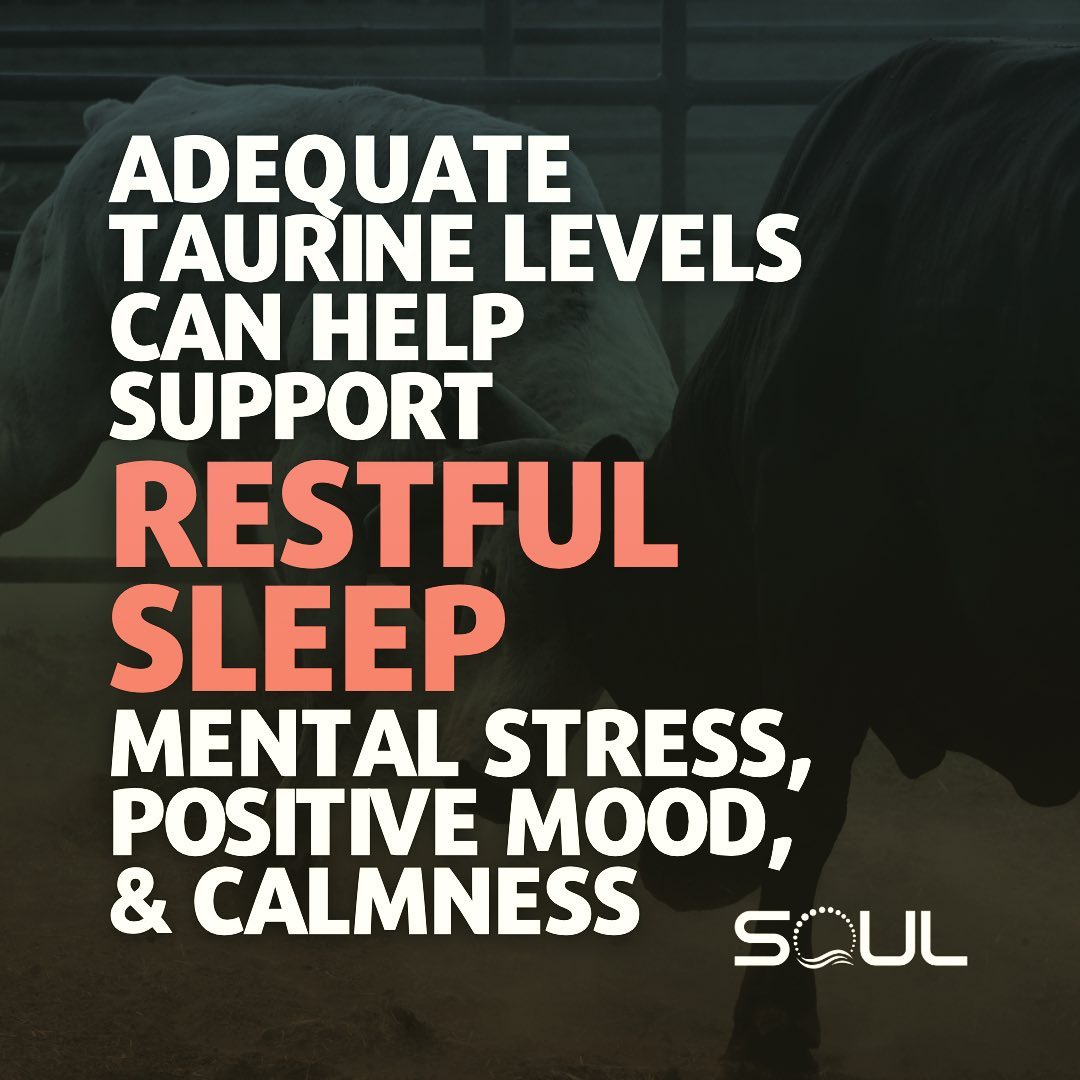
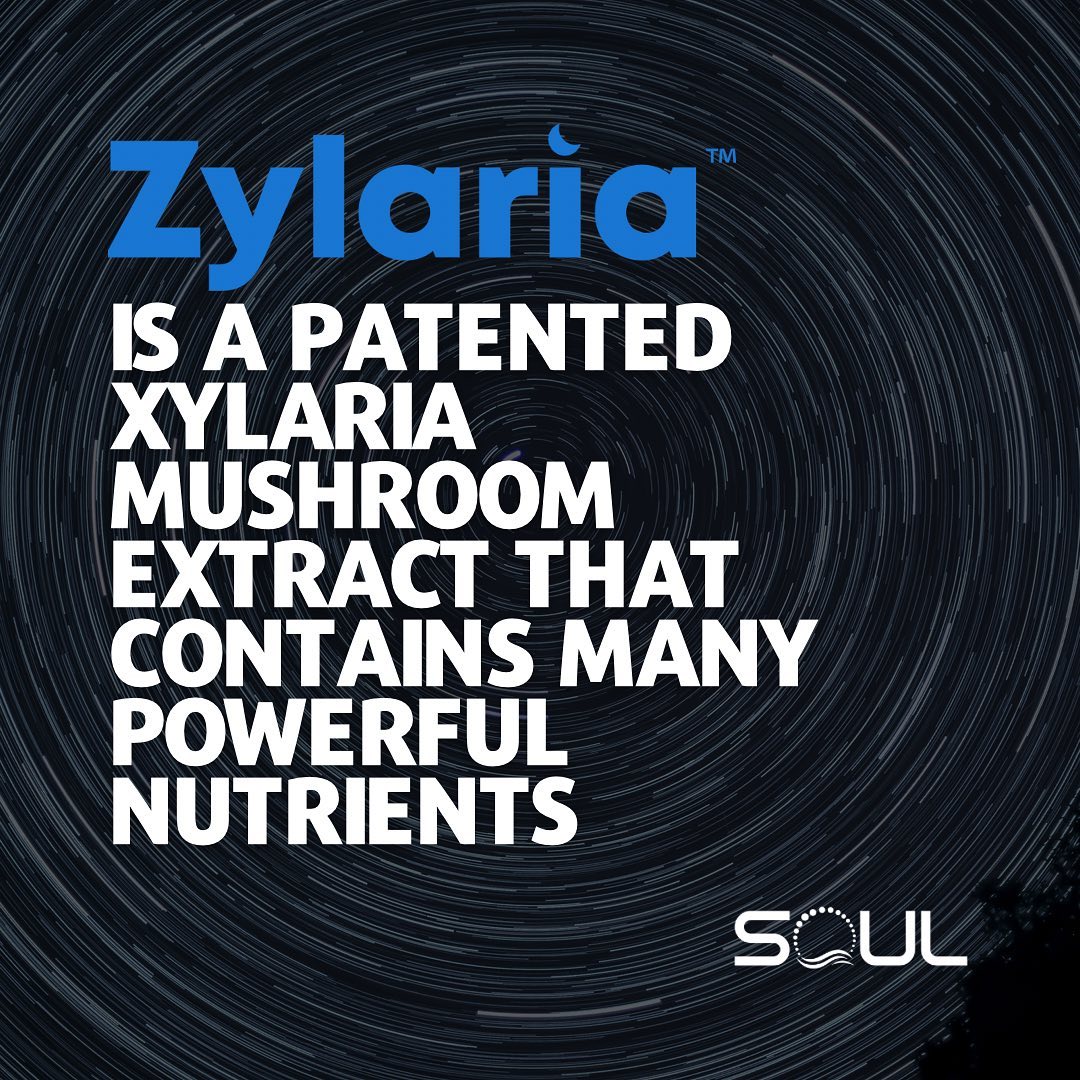
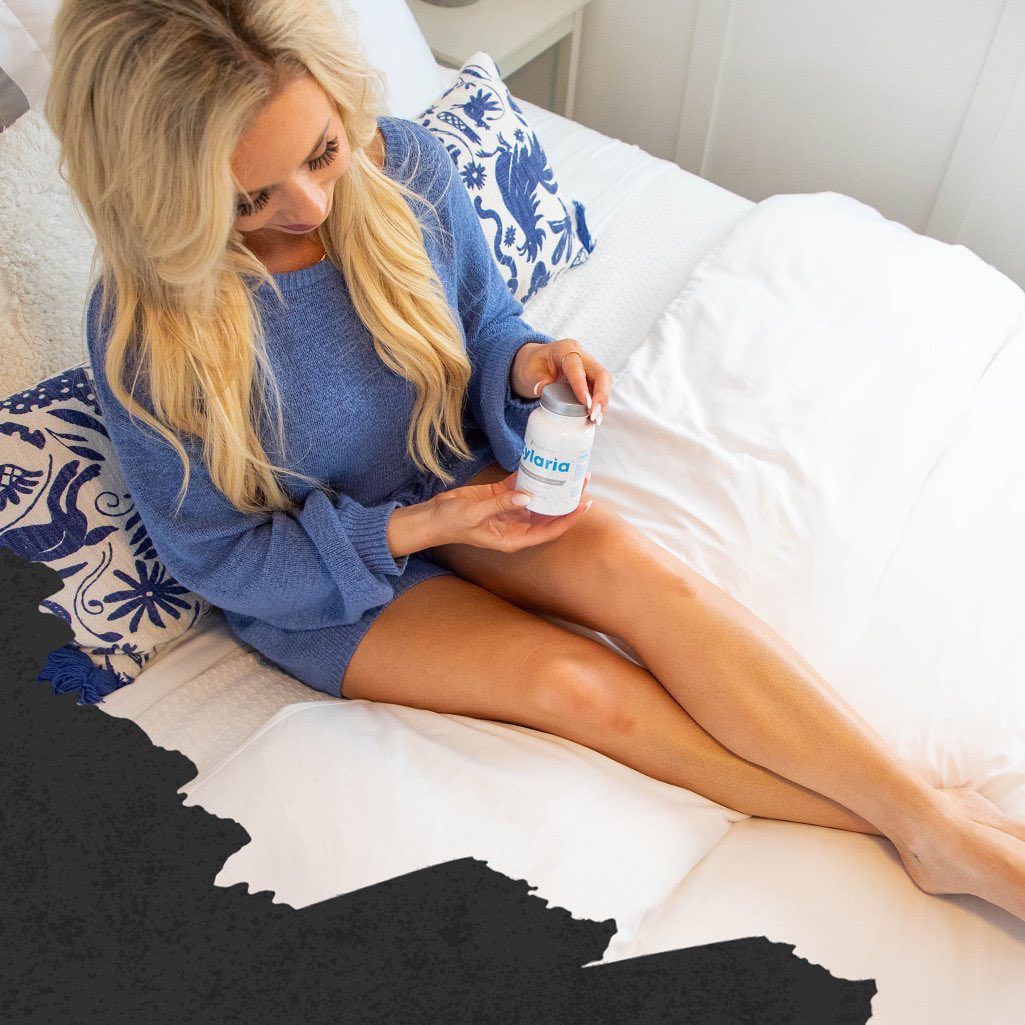
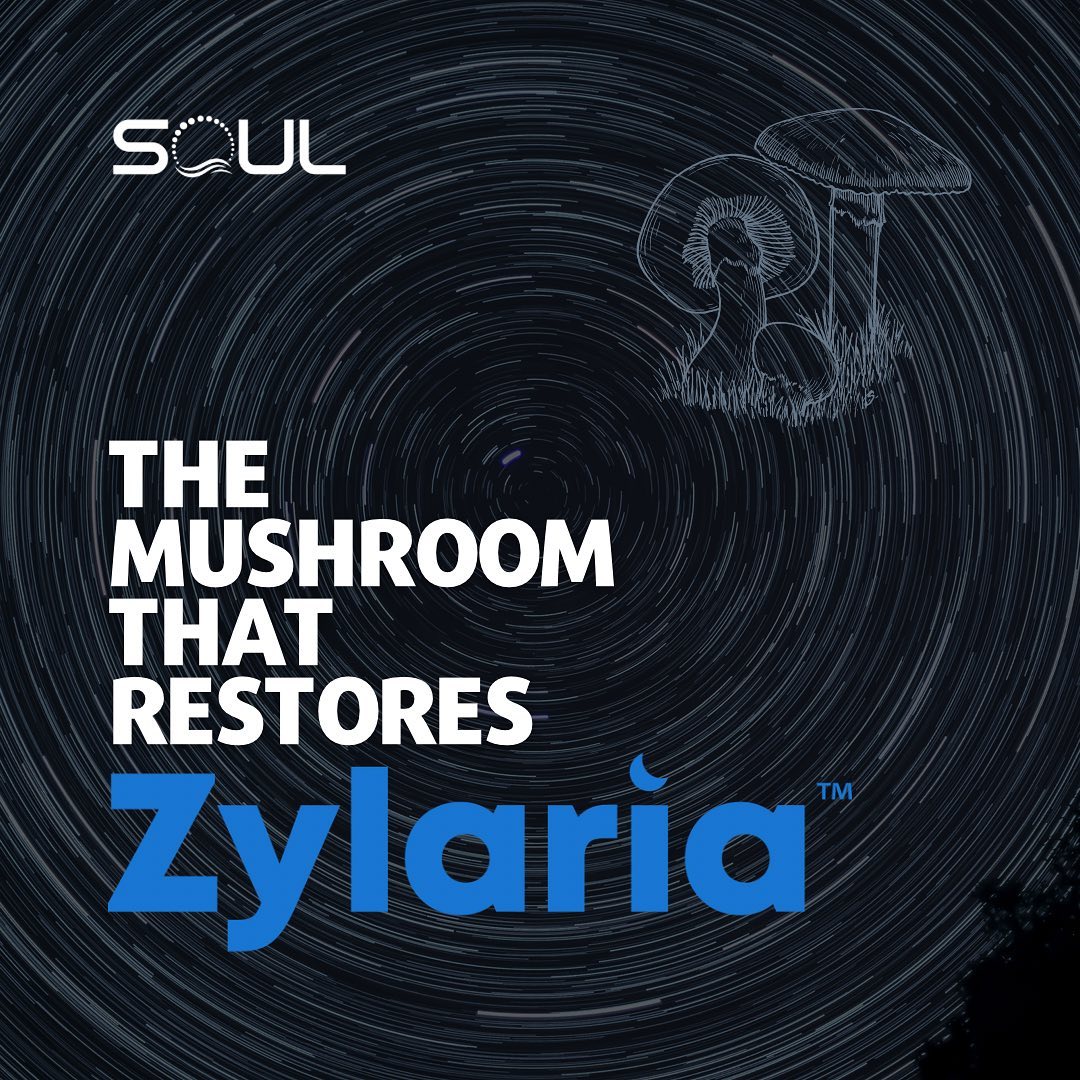
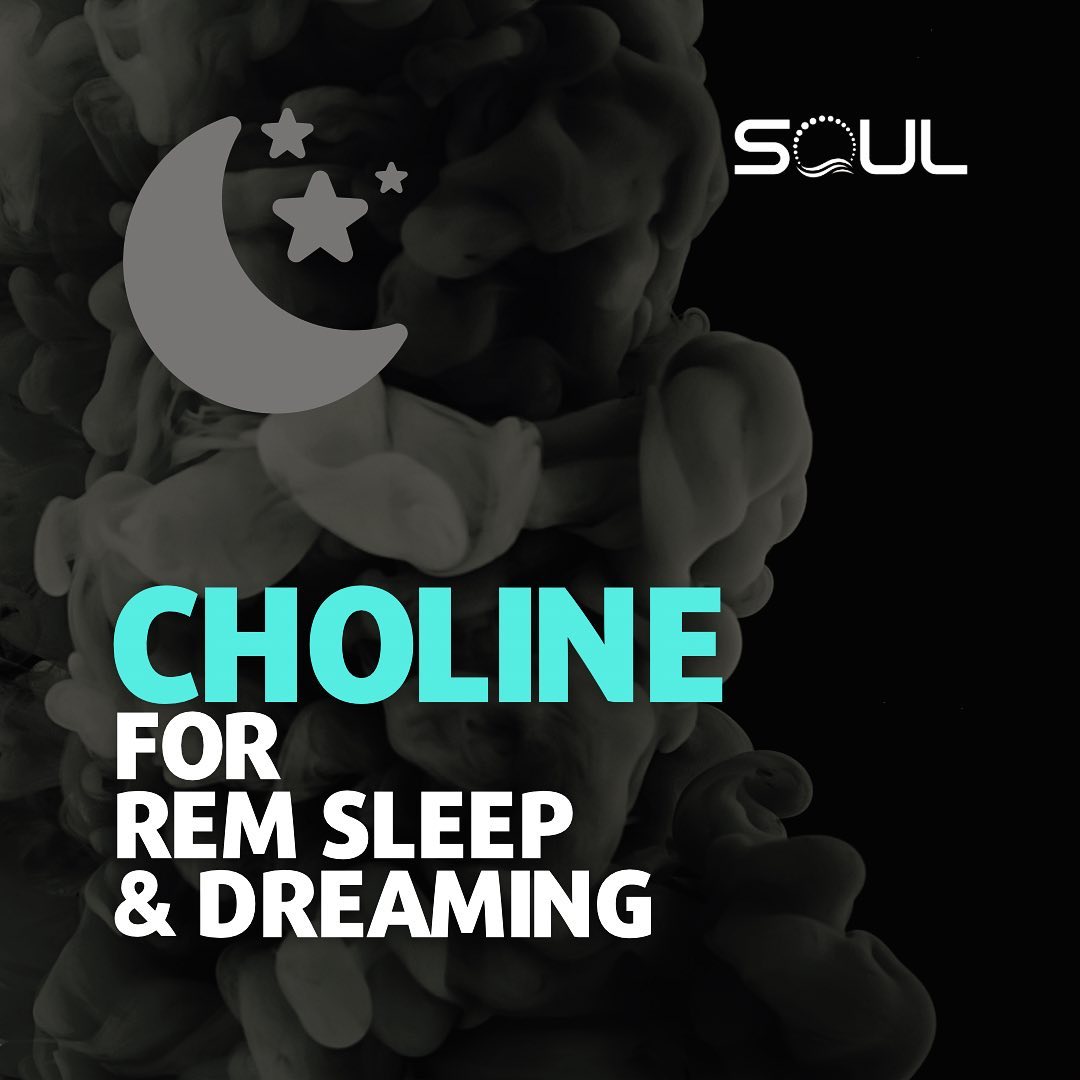
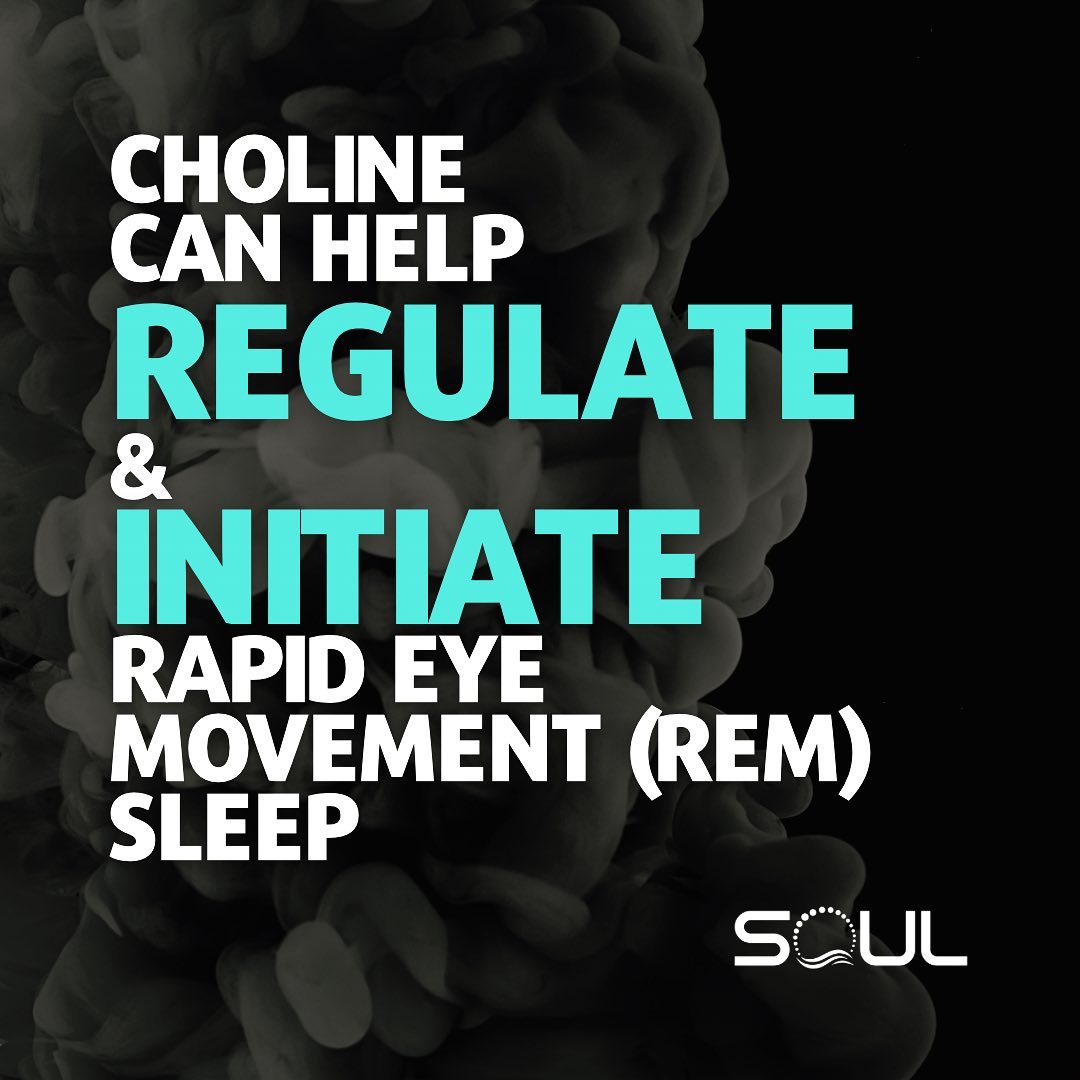
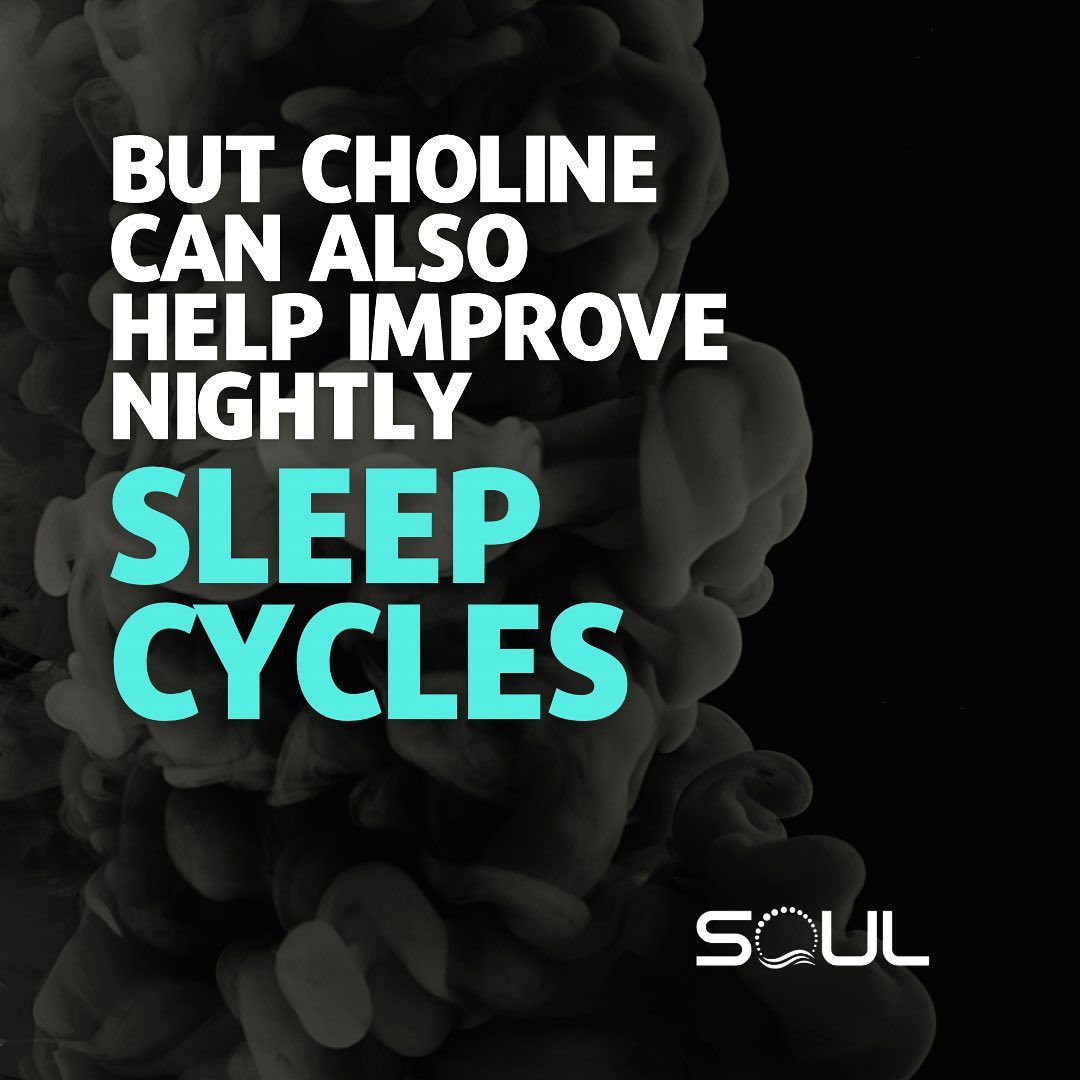
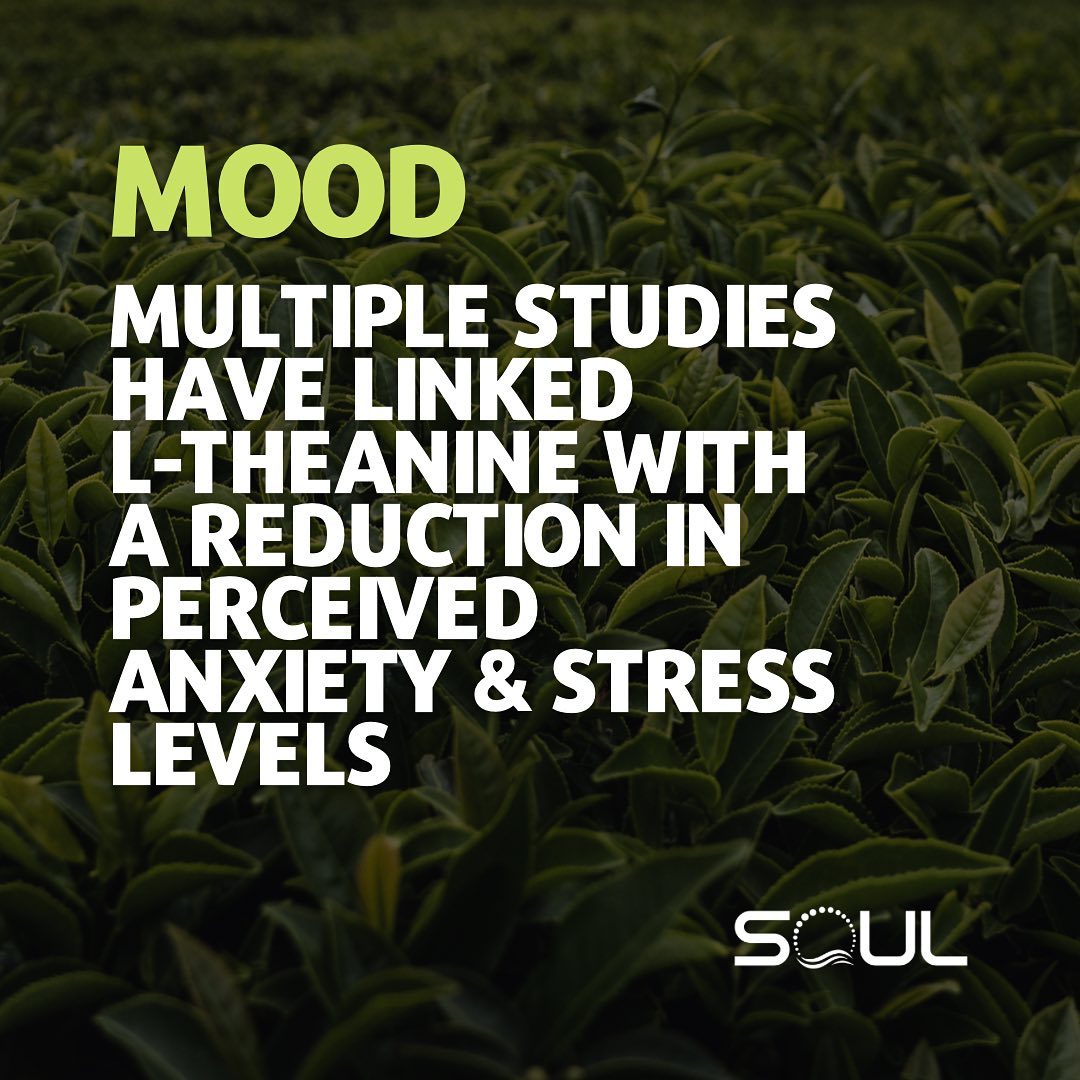
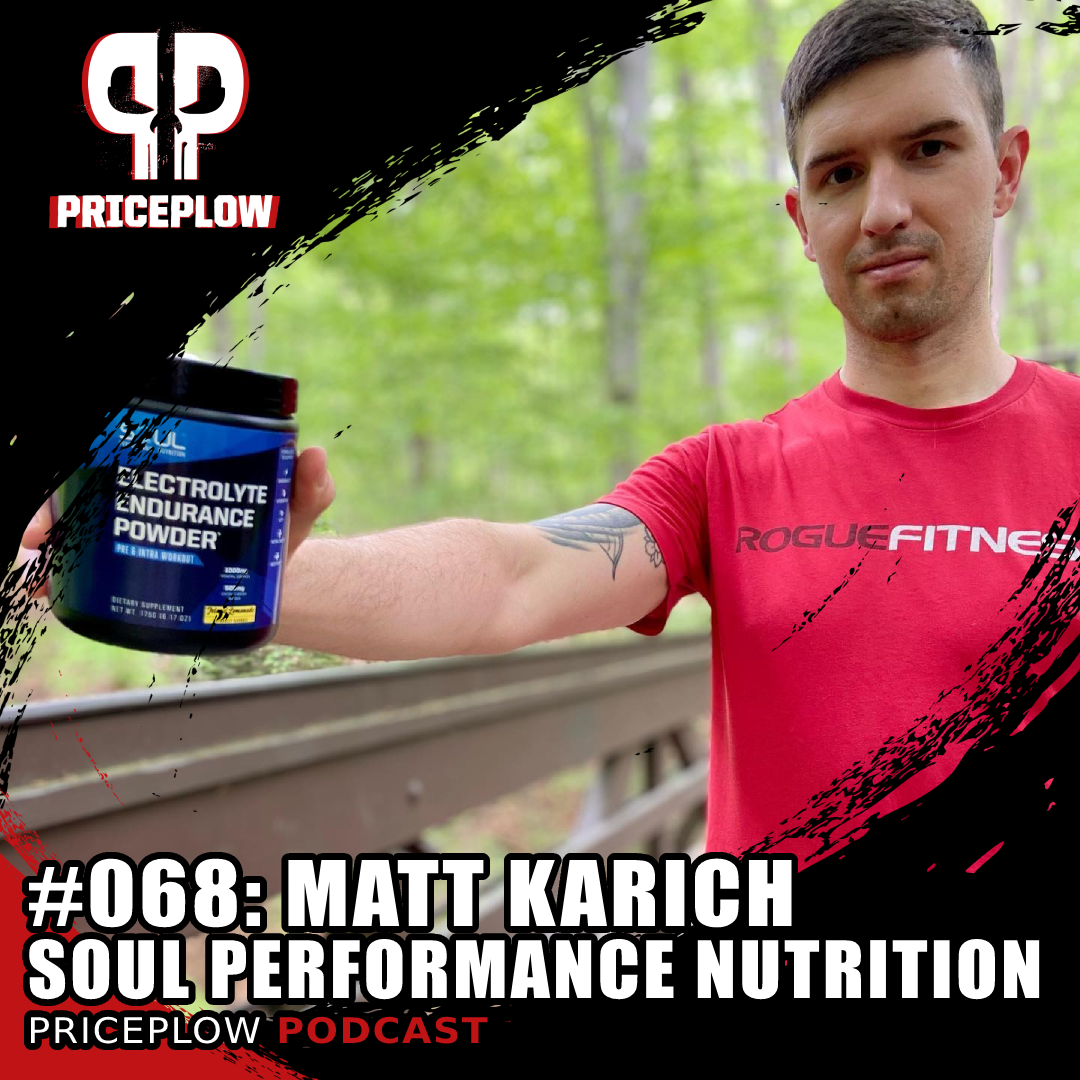
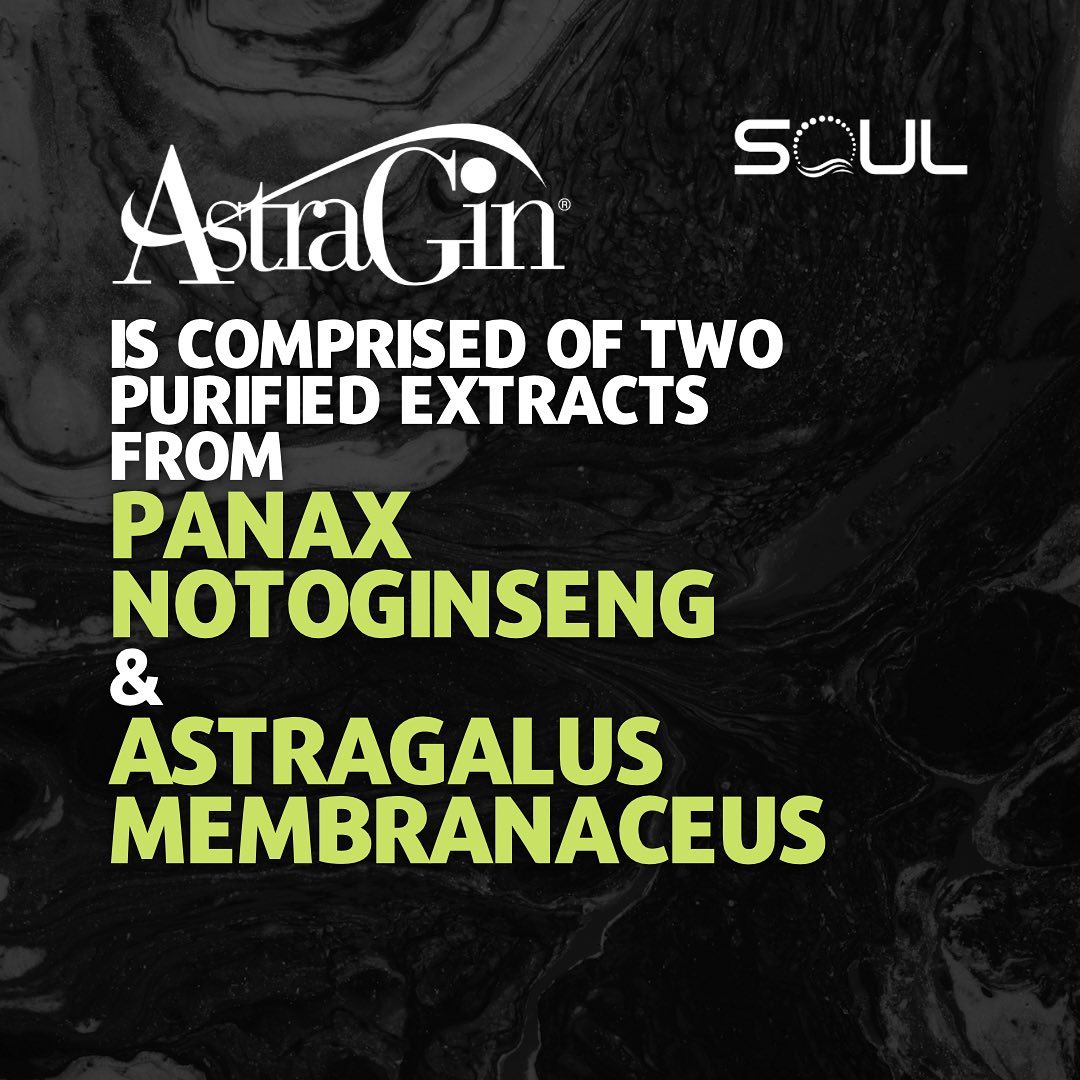
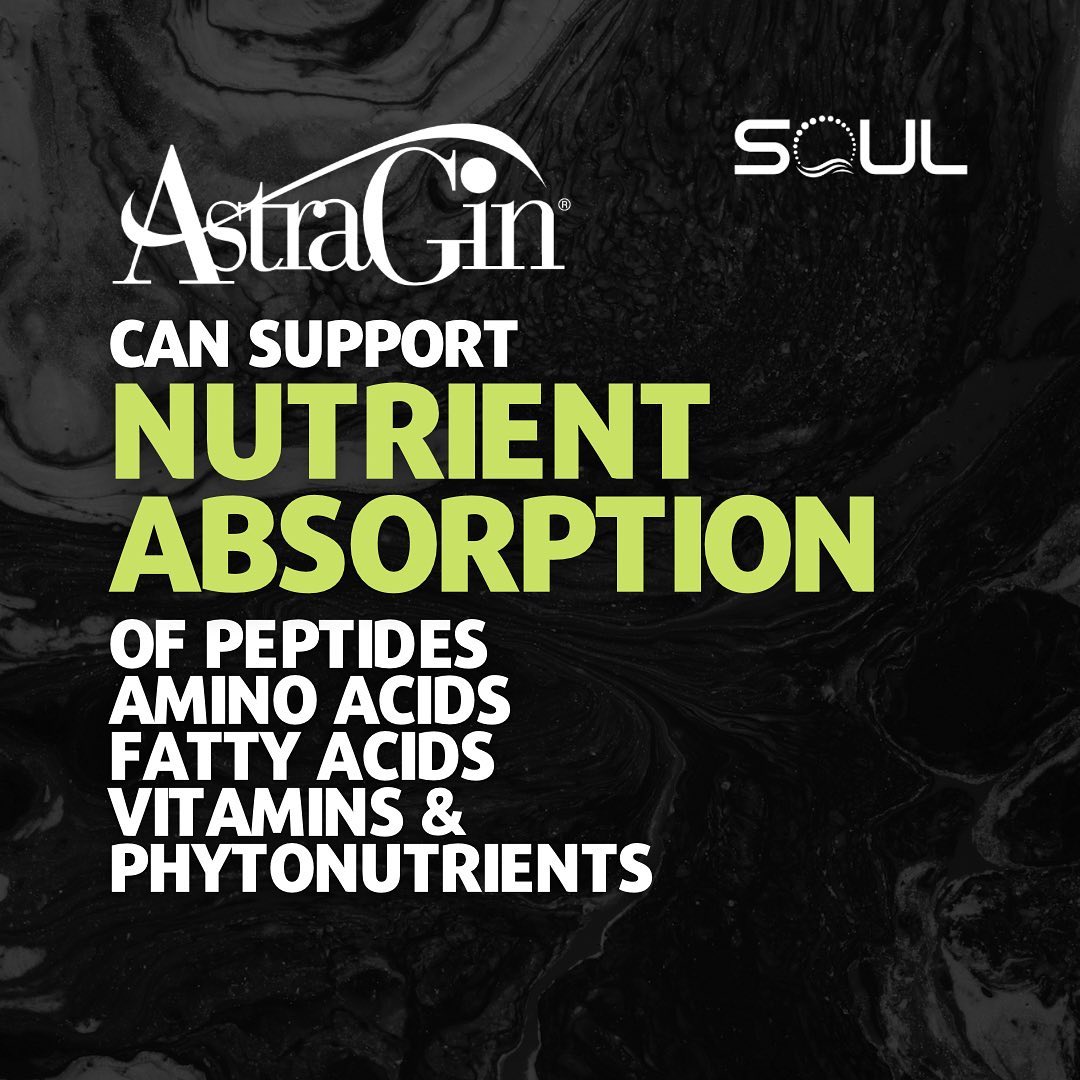
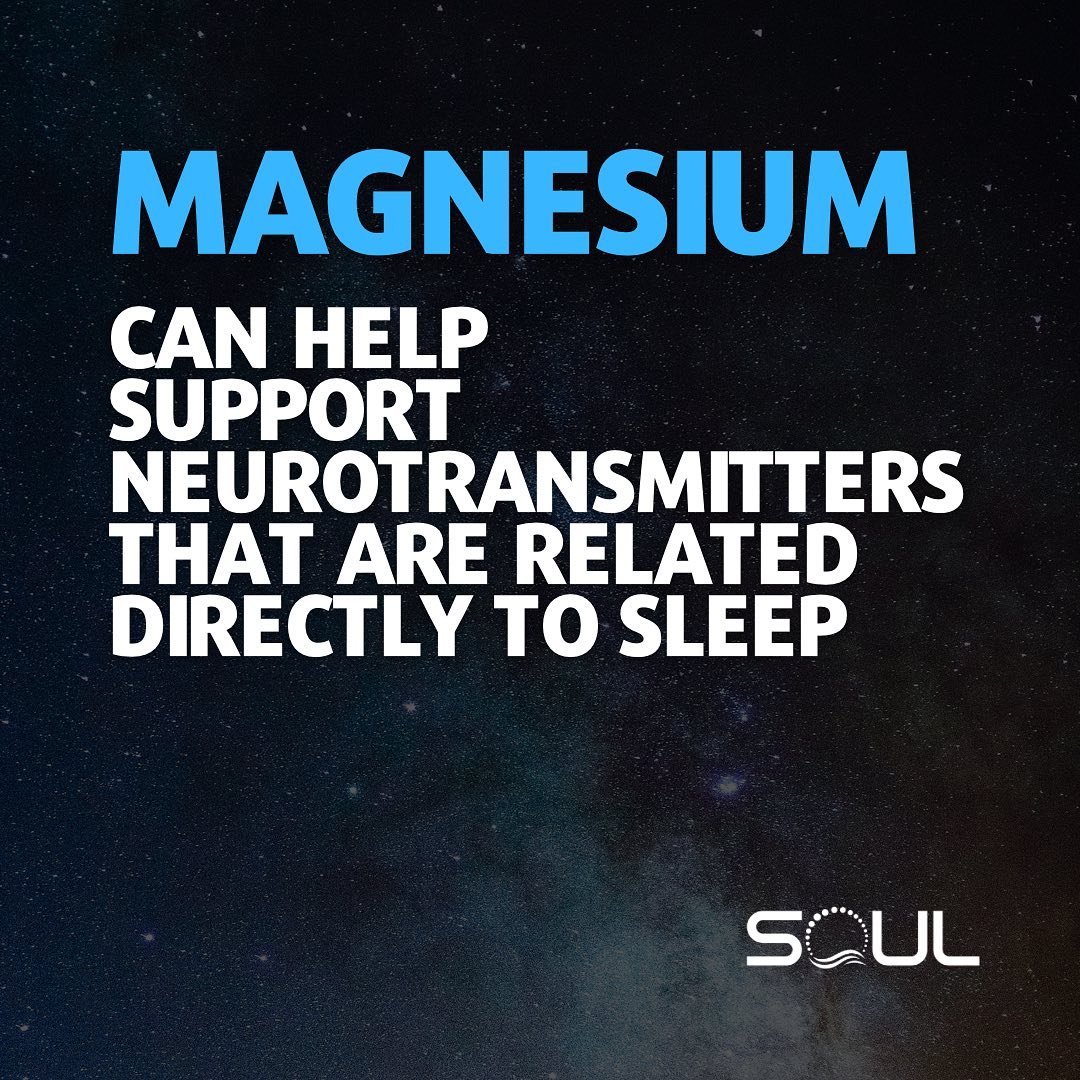
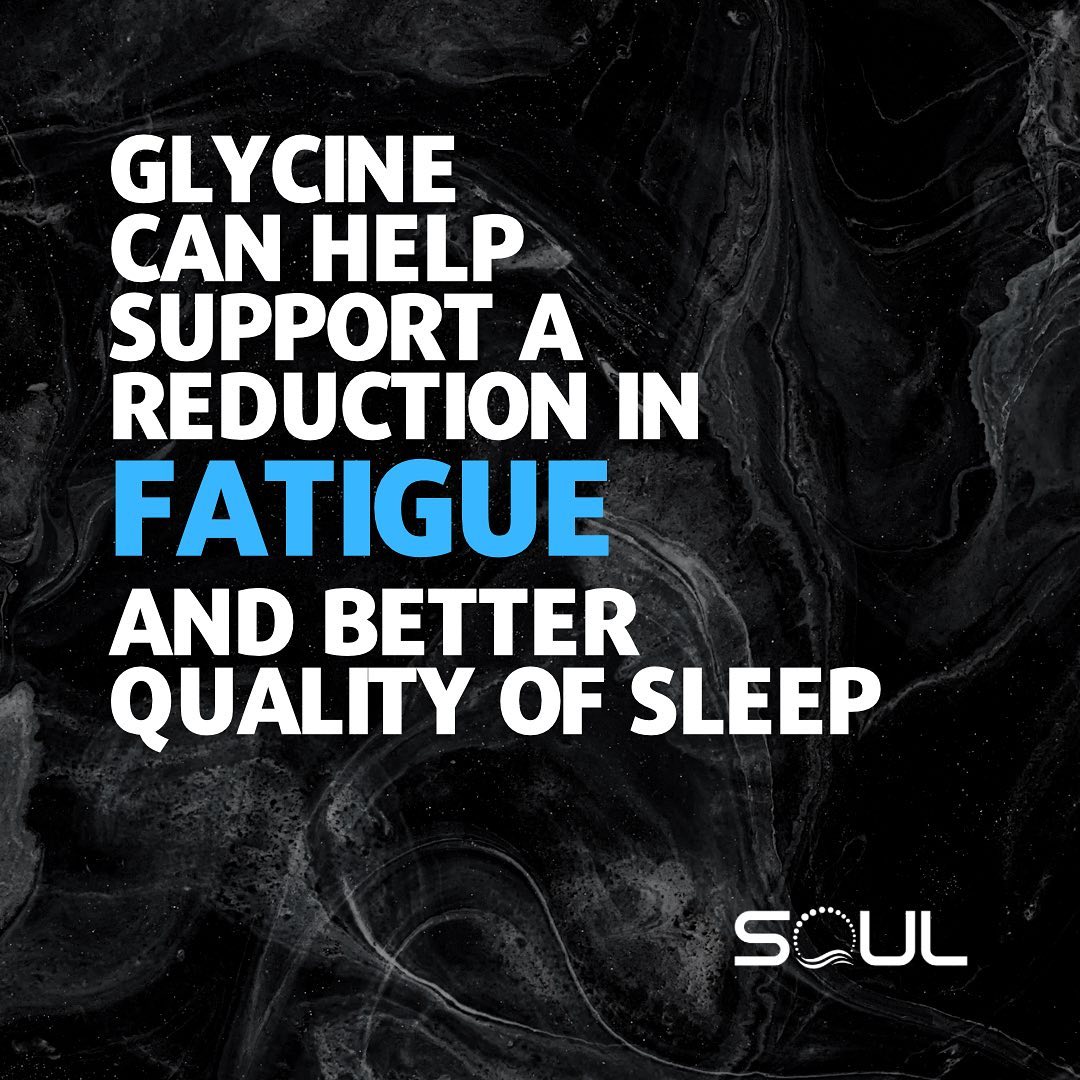
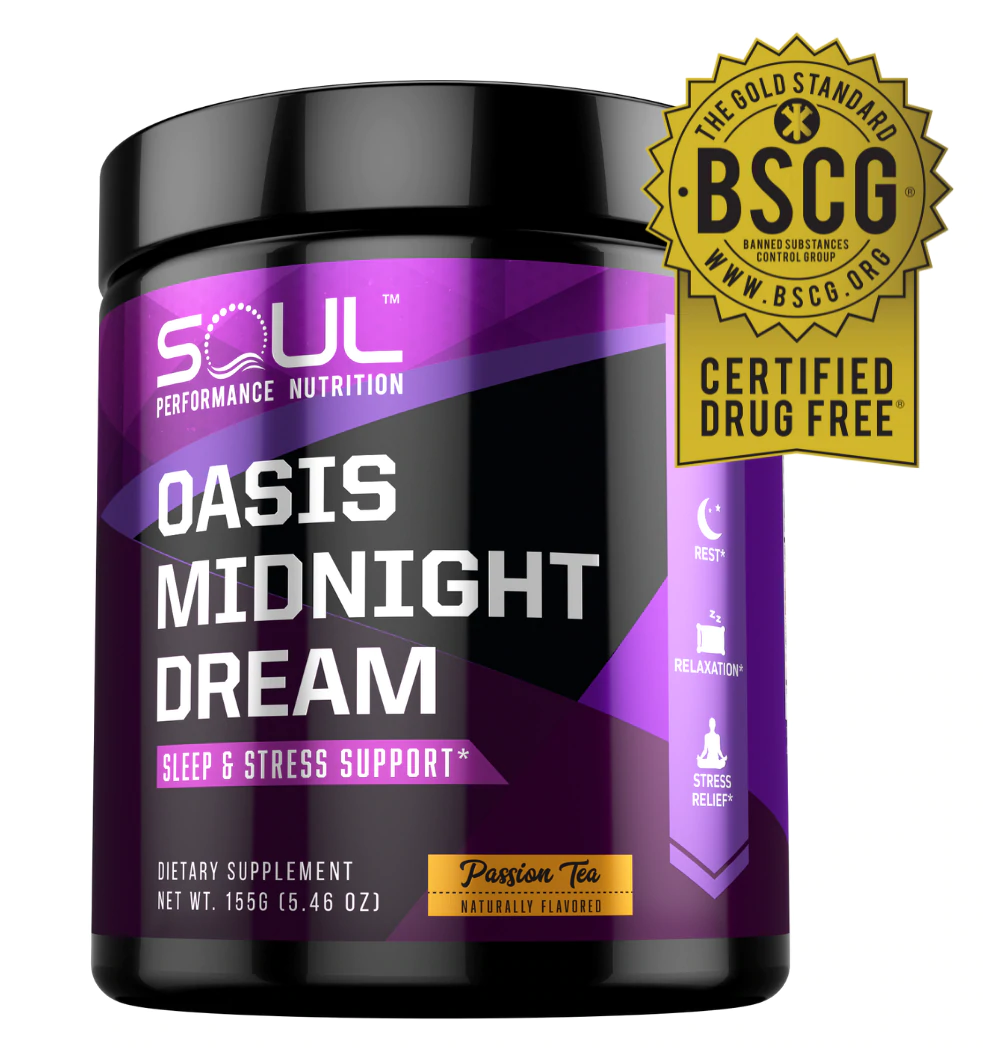
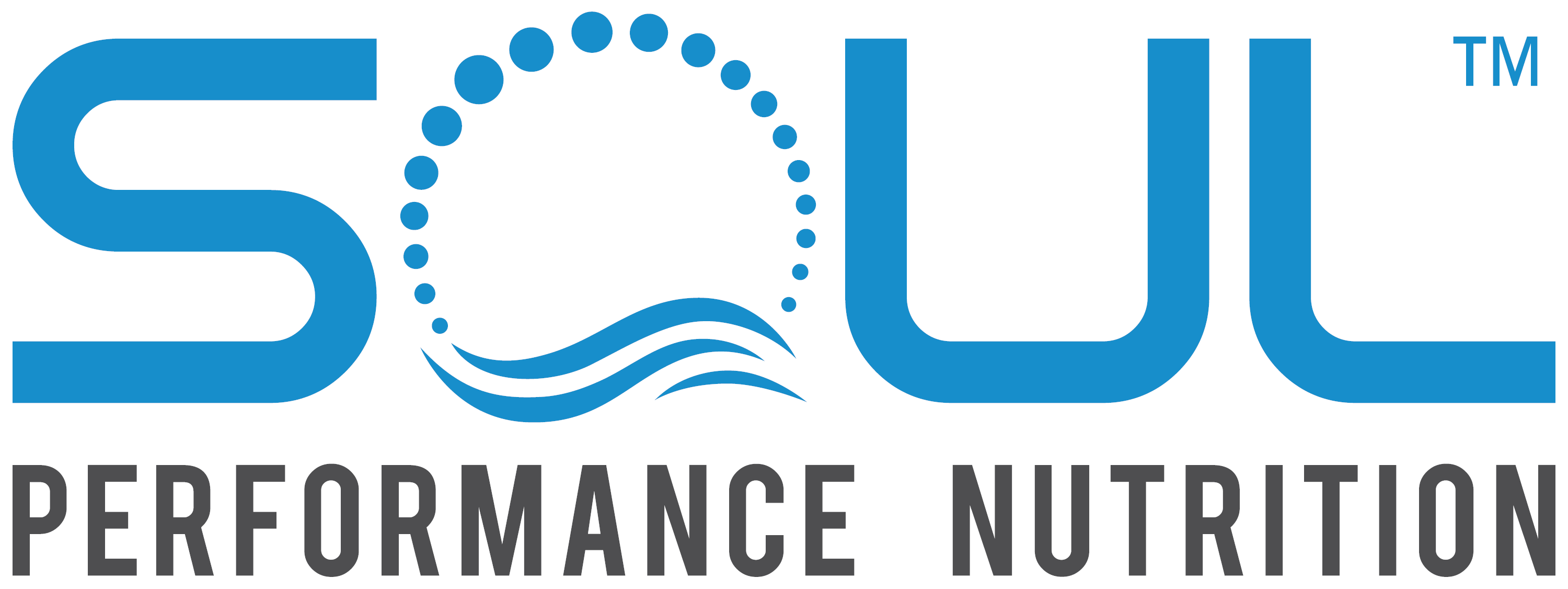



Comments and Discussion (Powered by the PricePlow Forum)